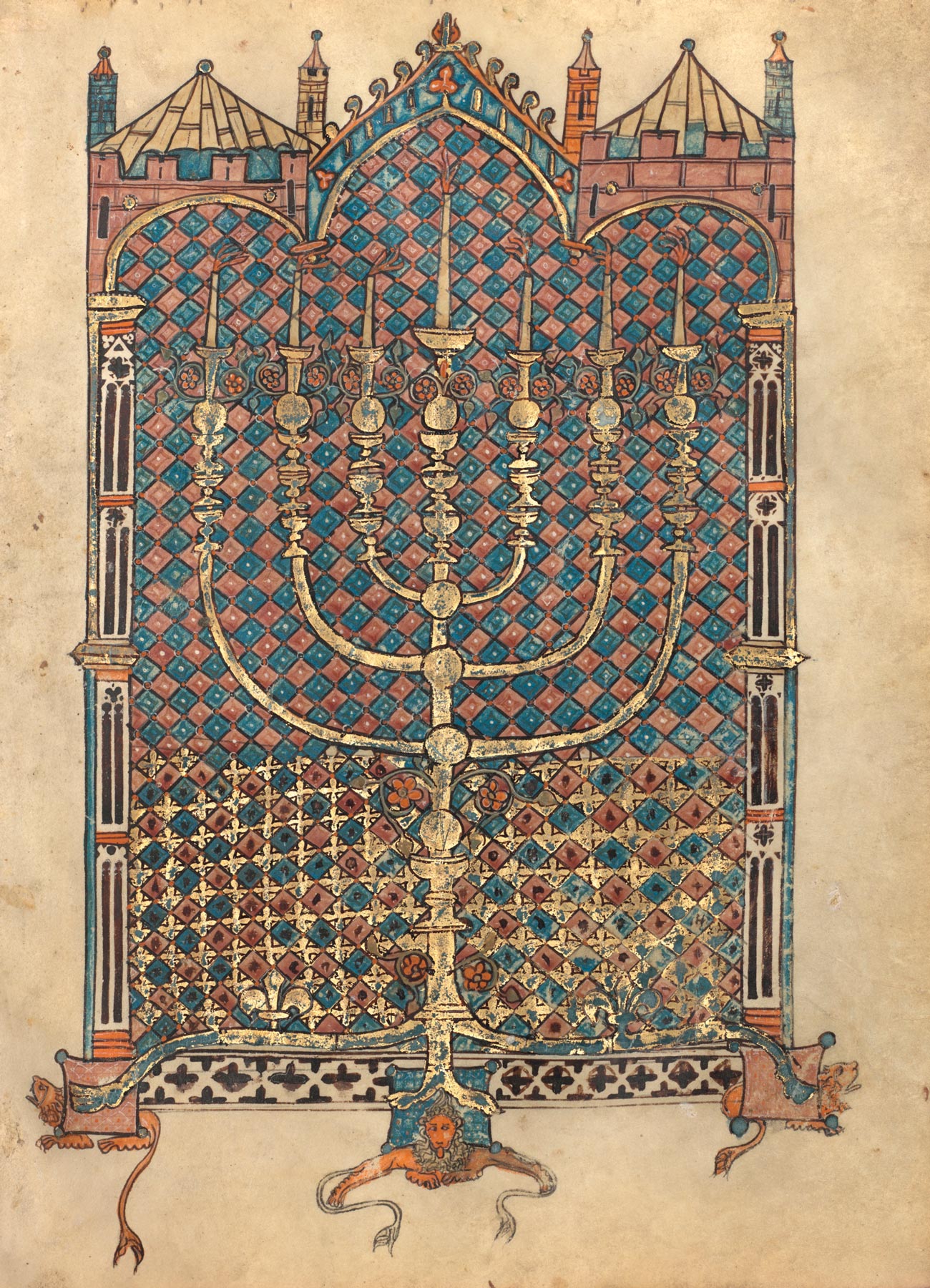Torah Study Date
Saturday, July 27, 2024
Verses Covered
Exodus (Sh’mot) 25:27-25:40
Next Session
Saturday, August 3, 2024
Starting at Exodus 26:1
Despite jet lag from her recent trip, Rabbi Sara guided our detailed discussion last week. We discussed the gold rings being for the gold-plated poles of acacia wood that are used to carry the table. We discussed the pure gold dishes, pans, jars, and bowls for libations. We noted how heavy it all would be.
We wondered about the specificity of the instructions and had numerous thoughts about it. R. Sara mentioned the idea of hiddur mitzvah (beautifying a mitzvah), Rose that the beautiful things are what we process the world through since we are not God, Marilyn Wasserman that it’s God’s house so it’s God’s standards, R. Sara that the construction would focus the people noting how focused people are during a building campaign, Thomas that God was using the values of the day (the mishkan being similar to what other people in the area built), I that there was a common motif in the area of winged birds providing protection, and Jacqui that the context was Egyptian.
Myra mentioned the oppositions in Torah, for example here, between the concrete and material mishkan and the non-material presence of God. I chimed in that it is a tense, never resolvable, opposition between them. R. Myra mentioned that church architecture in a period is common.
We discussed the command to put “showbread” on the table in front of YHVH always. Edna mentioned the idea of fancy or show-off bread. I mentioned that “bread” might simply mean “food.” We noted Alter saying the translation might better be “regularly” rather than “always.” We wondered if “showbread” might refer to God showing God’s self.
We discussed the command to make a menorah (lampstand) of pure, hammered gold. R. Sara pointed out that making it would be a big communal project. We noted that it is not entirely clear how it was to be made. For example, it is most generally assumed that its branches are rounded—and menorahs generally are represented that way–but there is a tradition, stemming from Maimonides that they are straight and at an acute angle. A few groups, such as Chabad, follow that tradition. We discussed the menorah as a tree and the requirement that it have a shaft and three branches on each side, each having an almond-shaped cup, with a calyx and a flower, plus ornaments and flowers, and that it would have seven lamps (one for each branch and one for the shaft) that would light up an area and that there would be tongs and fire-pans as well that would be made of pure gold.
We noted the command to see and make these things according to the design that you are shown in the mountain and wondered what exactly “you” would see, given that the design does not seem entirely clear to us. Duke mentioned a midrash from Midrash Tanhuma in which, because of that, an ingot was thrown into the fire and out emerged a menorah from the morass. R. Sara pointed out that the “you” is singular but that God usually uses the masculine singular so its presence does not make clear whether God is talking to one person or more.
Our artwork this week is two medieval menorahs, a delicate one (1384, below) by Isaac ben Judah of Toulouse for the King’s Bible, and the other (below) a fanciful one (1296) with animal figures at the base, from the Rothschild Pentateuch currently located at the Getty Museum in Los Angeles. Each of them shows an attempt to represent the three cup-calyx-flower combinations on each of the six branches.


